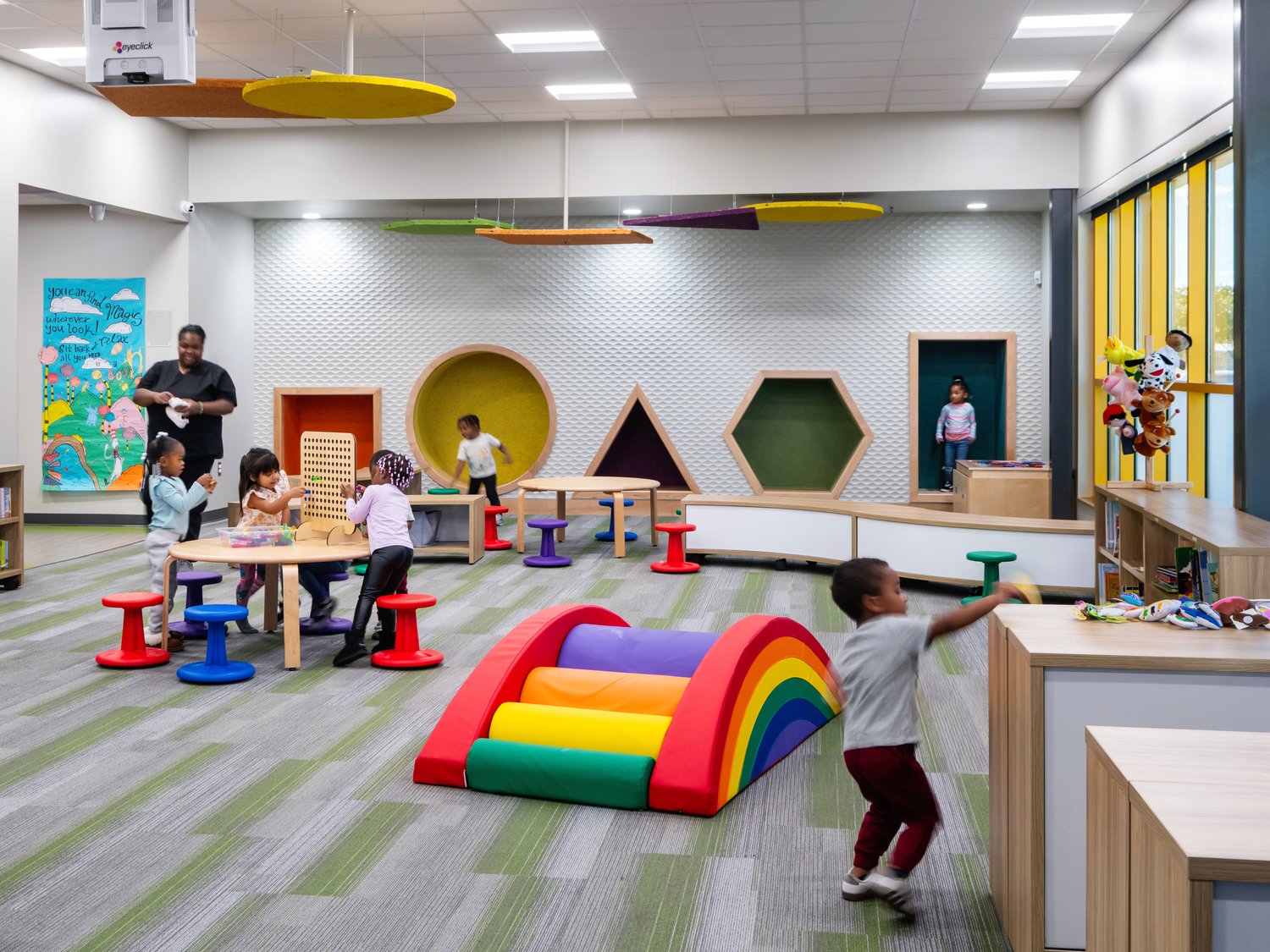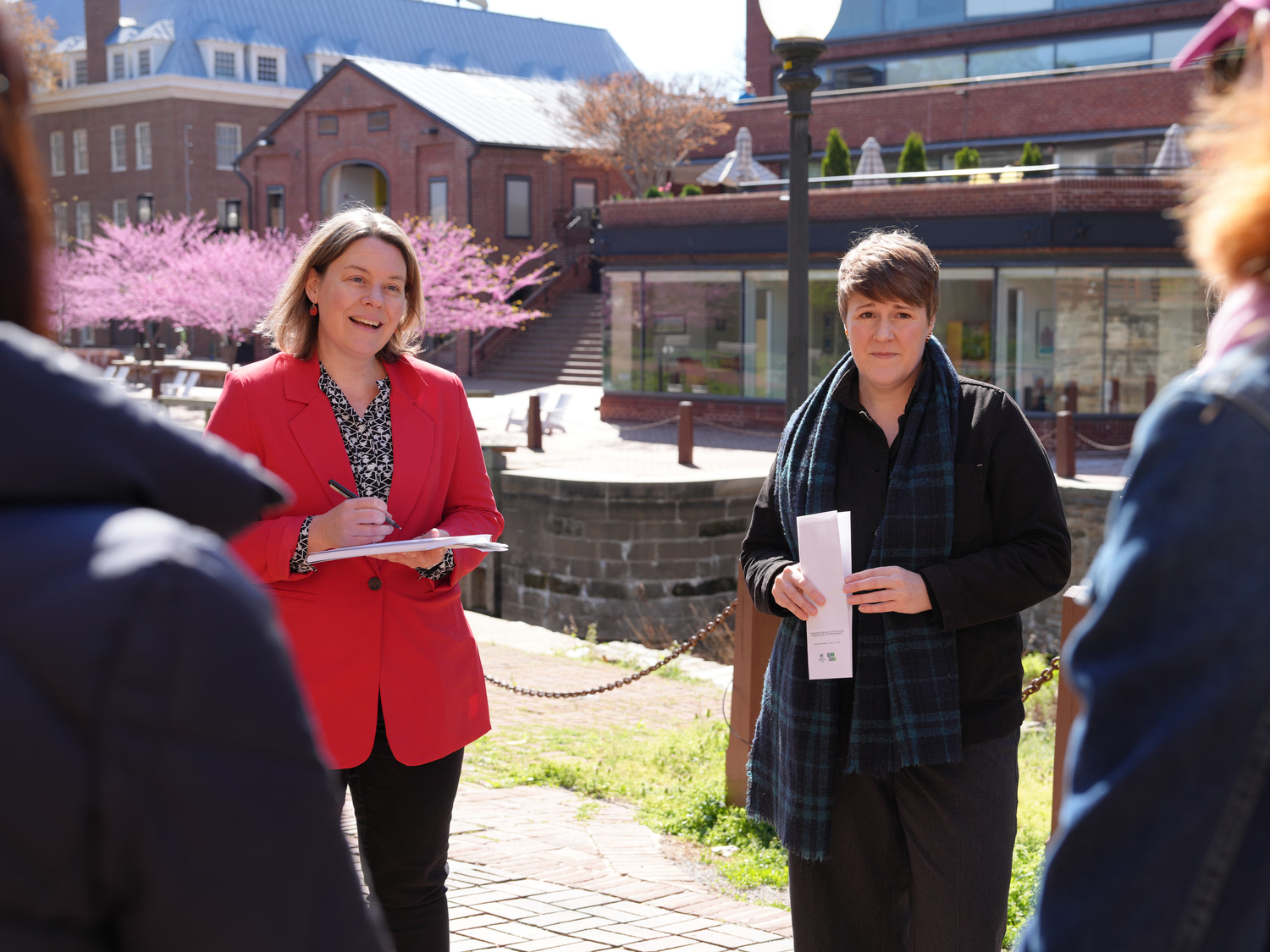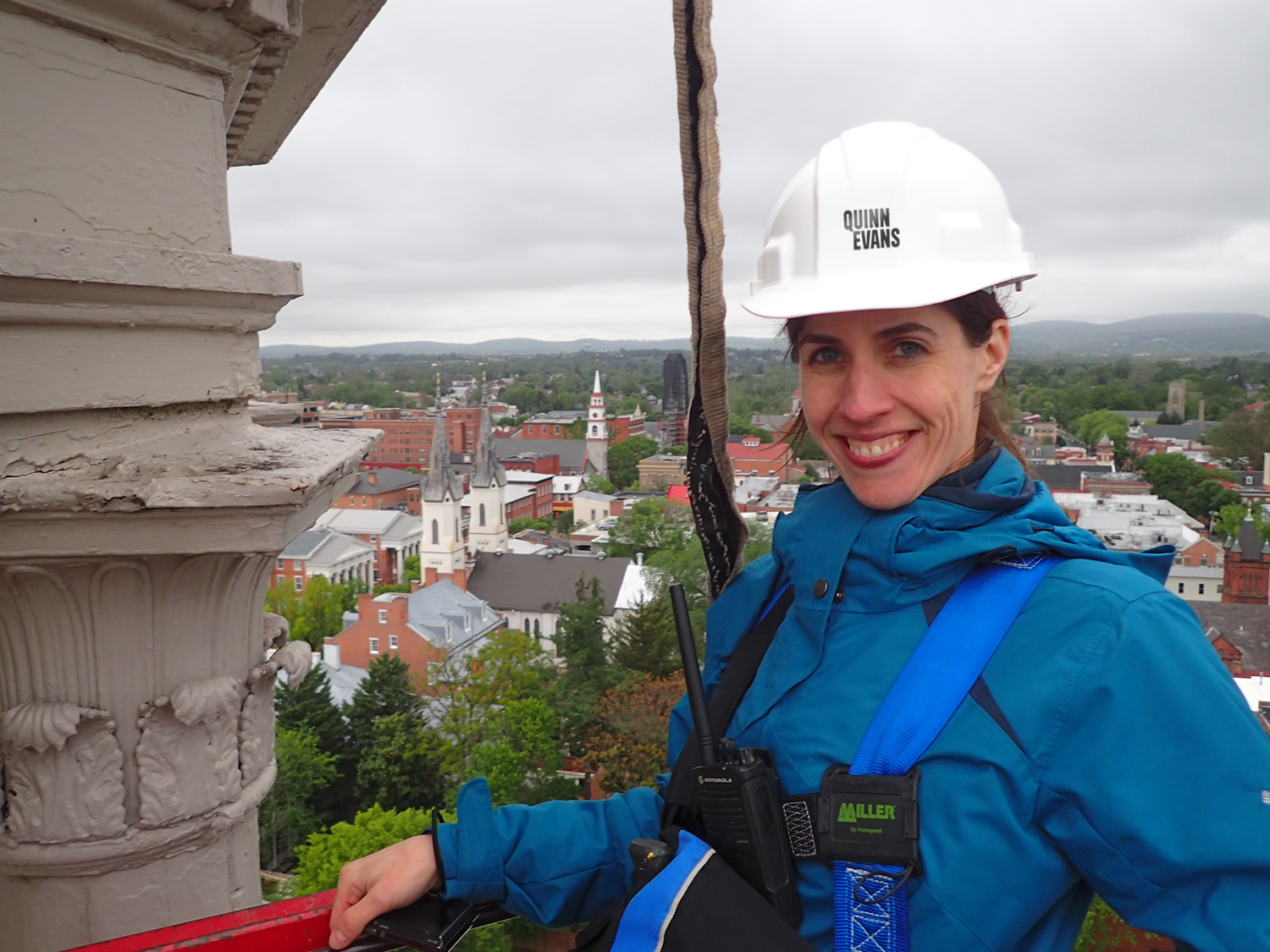
Imagine walking through an exquisitely restored train station. As you take in the ornate space, the history is unmistakable despite the modern facilities and high-performance infrastructure updates. How do architects accomplish this feeling? How do we ensure that these vital pockets of history remain intact for future generations? That's where preservation planning comes in.
“The name implies that it’s about the past, but for me, preservation planning is about the future,” says Stephanie Austin Redding, ASLA. “It’s about taking a broad look at the history and context and identifying what is important.”
Preservation planning involves maintaining the past while guiding towards a better future for generations to come. It goes beyond just preserving buildings and artifacts. Preservation planning is about community engagement, understanding the full story, and planning for tomorrow.
In many cases, preserving a historical place is less about maintaining aesthetics and more about accentuating the benefits a place provides to the community. As many of us know, the greenest building is one that is already built. In fact, it takes approximately 65 years to recover the energy lost from demolishing a building, even if the new structure is environmentally friendly. By preserving places that are identity markers of community, we can honor a place’s heritage while creating positive and lasting impact that manages change and evolution.
“For me, preservation planning is trying to understand the resource, its history, and what story it can tell,” says Patti Babin, Fitwel Amb. “What pieces of it should be preserved so these stories of significance can stay?”
As demonstrated by successful projects at Stones River National Battlefield and Wolf Trap National Park for the Performing Arts, preservation planning provides guiding principles for maintaining places of cultural importance. For both sites, our challenge was figuring out how to conserve the character of the original site while celebrating its modern use.
“What we’re doing is helping reconnect people to places that are important to them,” says Stephanie. “It’s about understanding the full story, and not just the history book story, but what happened before and after, the particularly significant events.”
Before beginning any preservation project, we cross-reference our information with the National Register of Historic Places. Certain standards, like determining who occupied the property historically, how the property relates to the history of the community, and setting geographical limits for the project, are industry guidelines. However, while data provides an excellent starting point, tons of community knowledge is passed person-to-person. For these types of projects, we organize community workshops to determine the areas of importance and use these insights to develop a preservation strategy that honors each facet of the site.
“The research won’t tell you everything,” says Patti. “It’s about listening to the community because they’ll know it’s not always written down and it’s not always clear.”
Each historic building you enjoy walking through is sustained via precise strategy behind the scenes. Preservation planning is a complex process that comprises community involvement, a multifaceted understanding of history, and a strategic focus on the future.
It is possible to both preserve the past and plan for the future. As we move forward, it is essential that we continue to engage with communities and listen to their stories so that we can better understand the significance of the places we seek to preserve.







